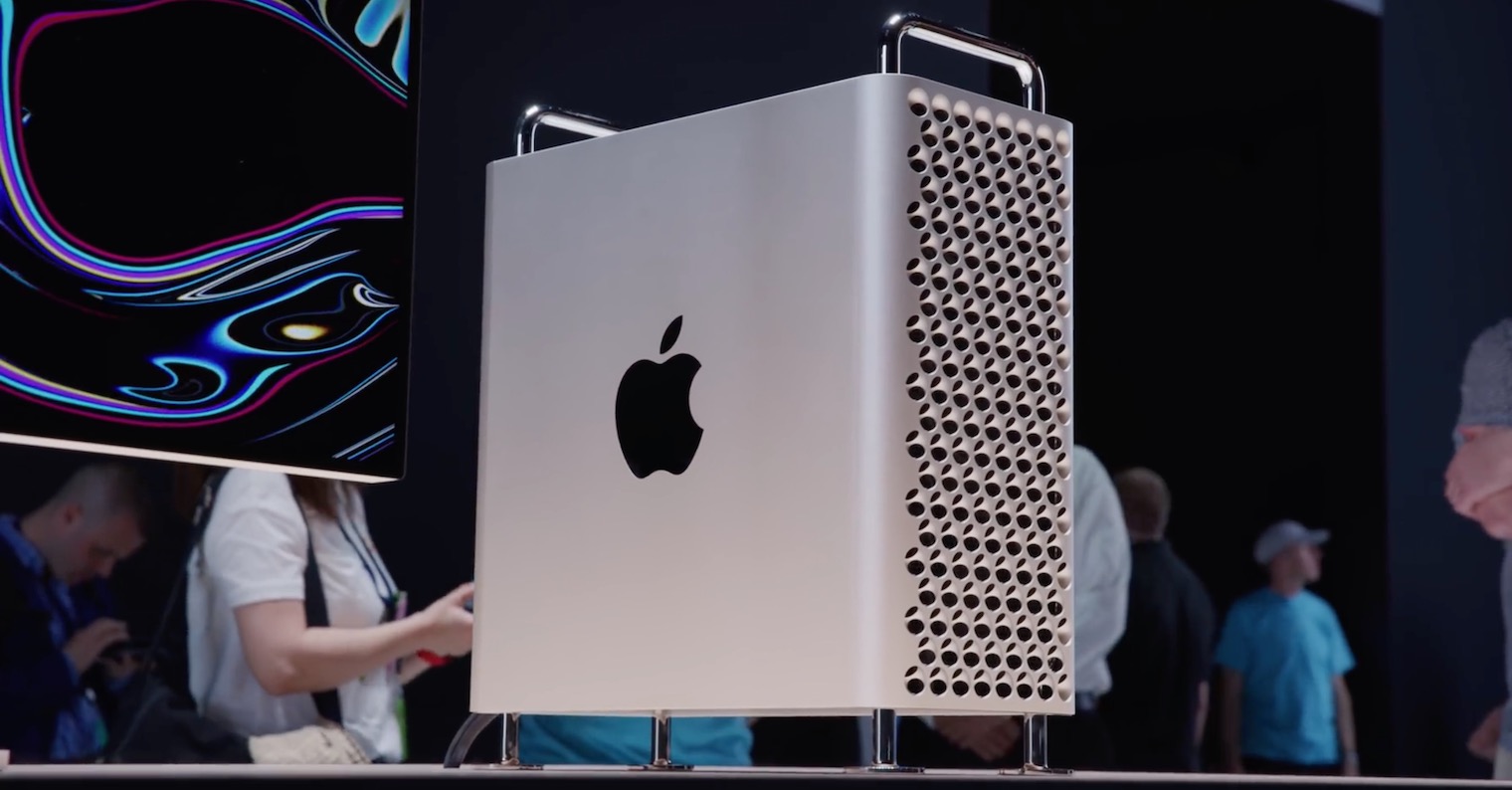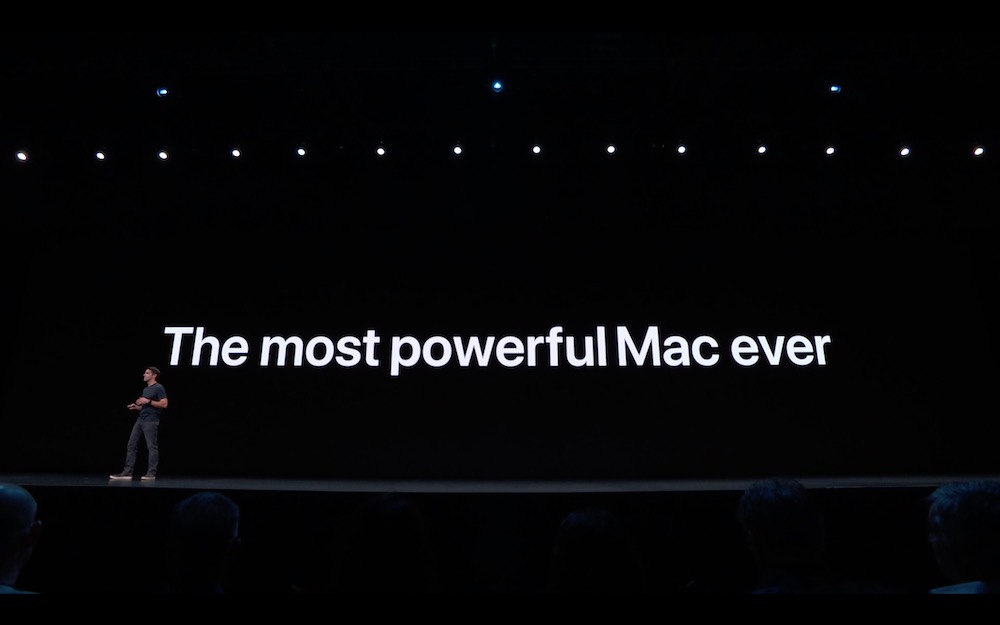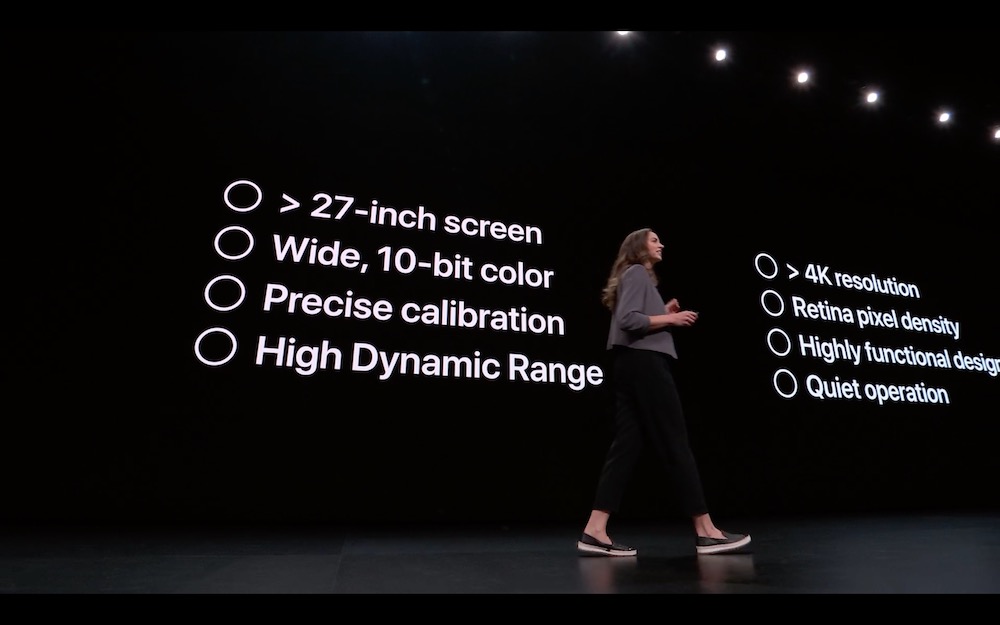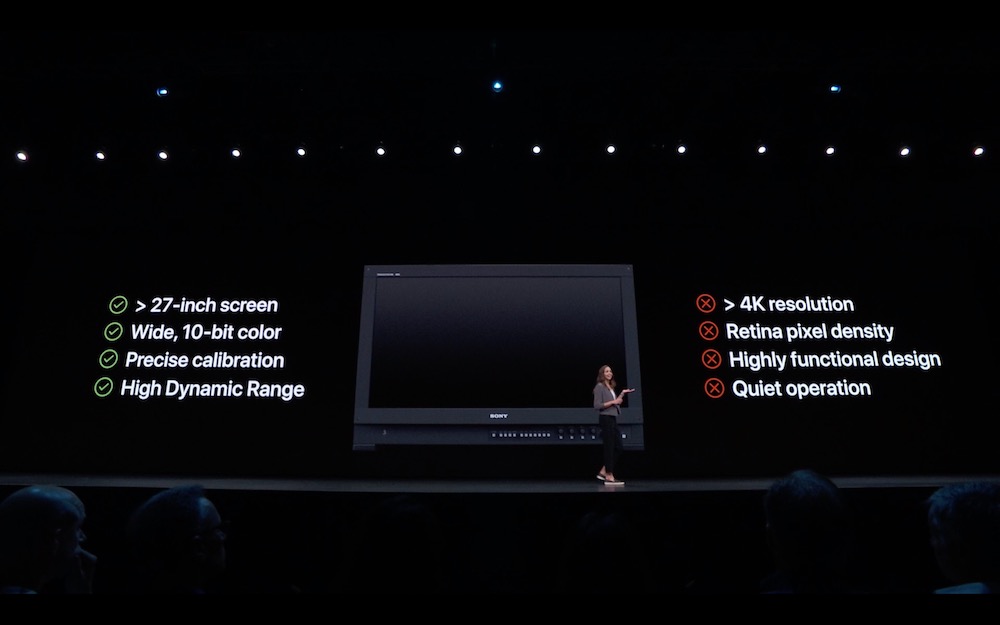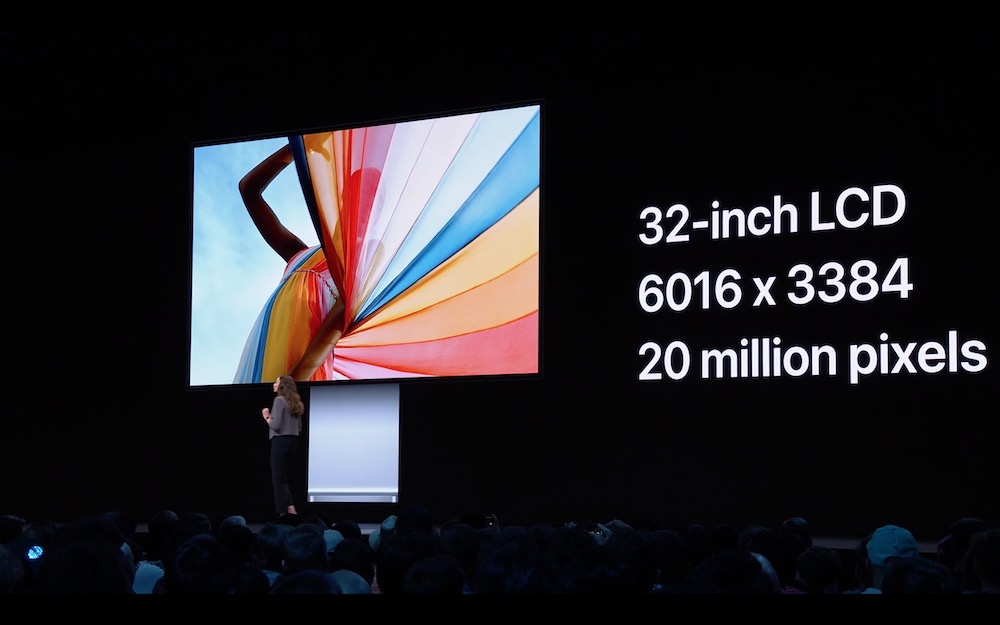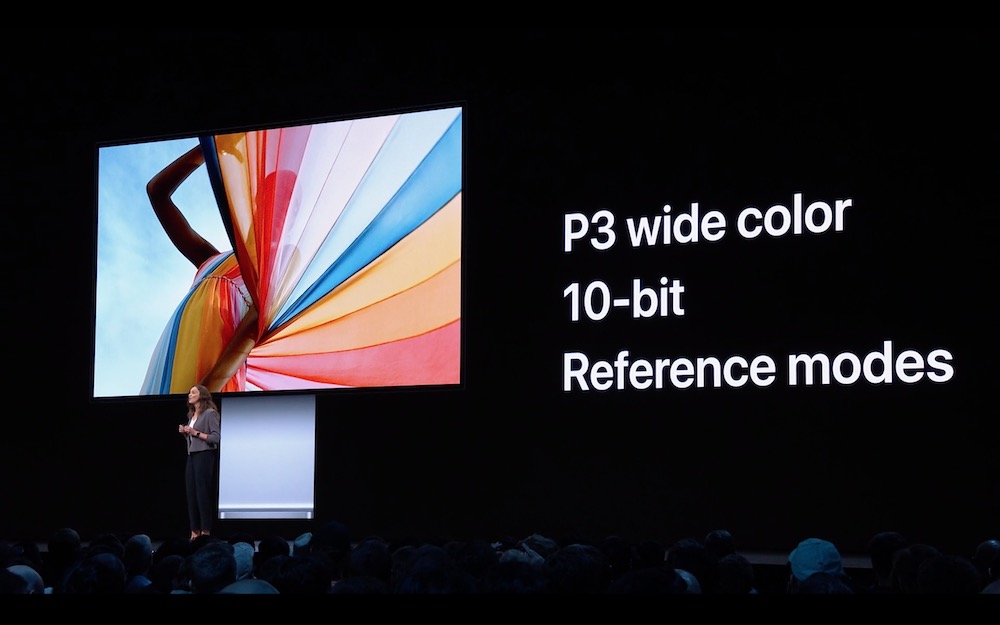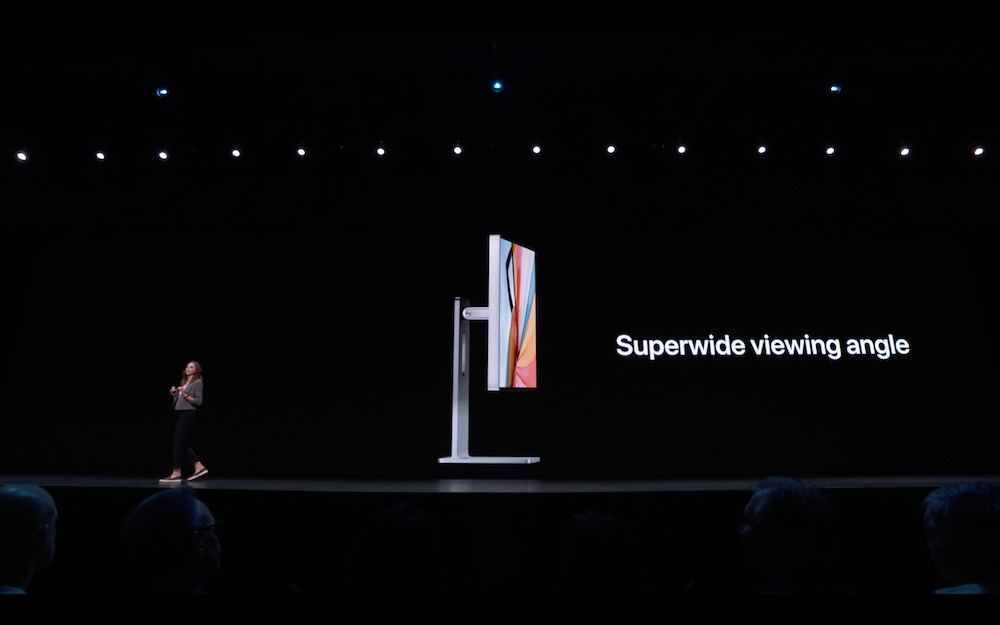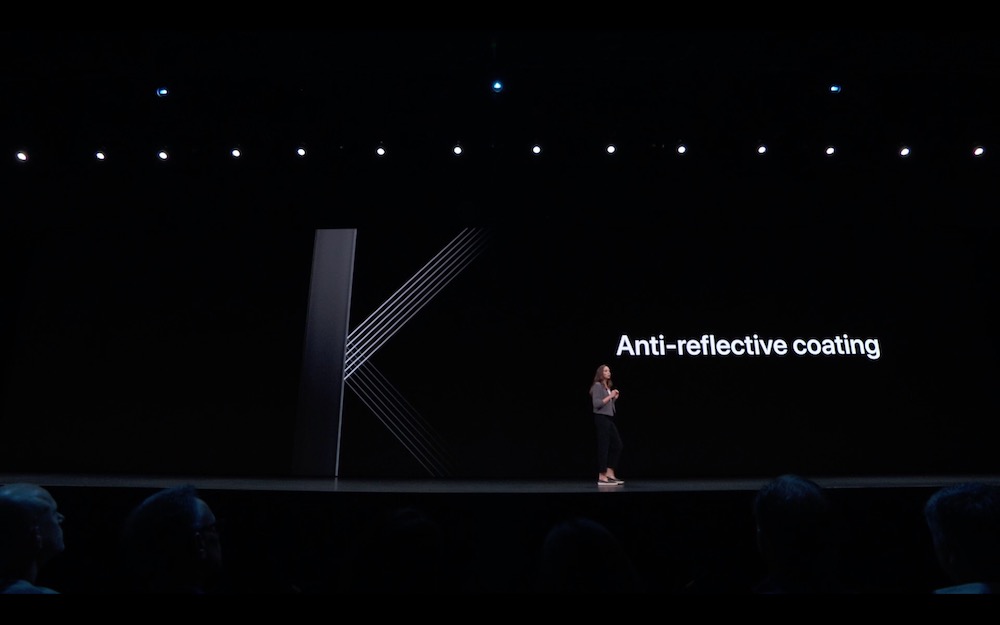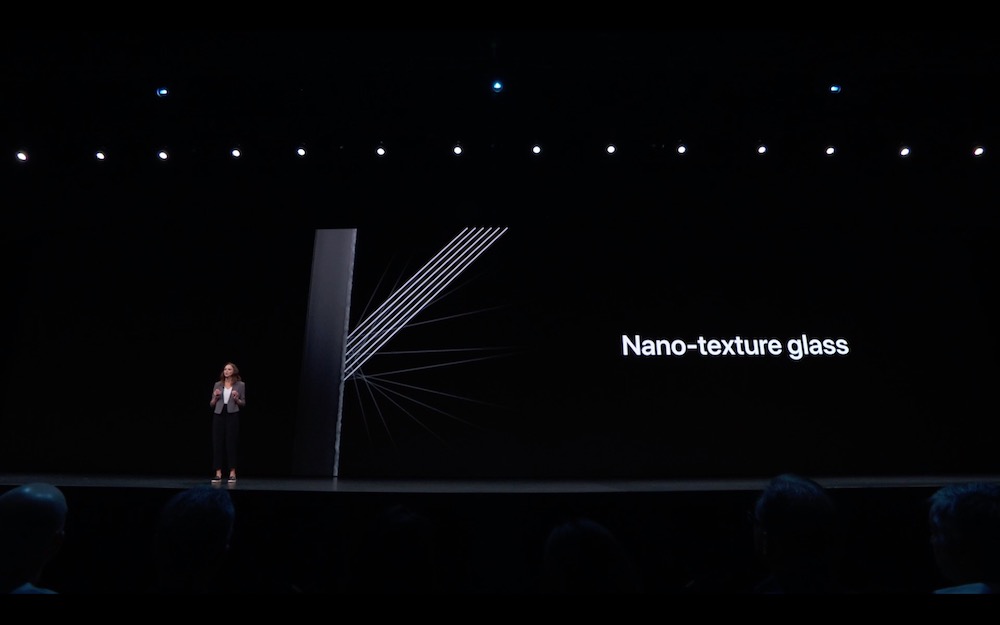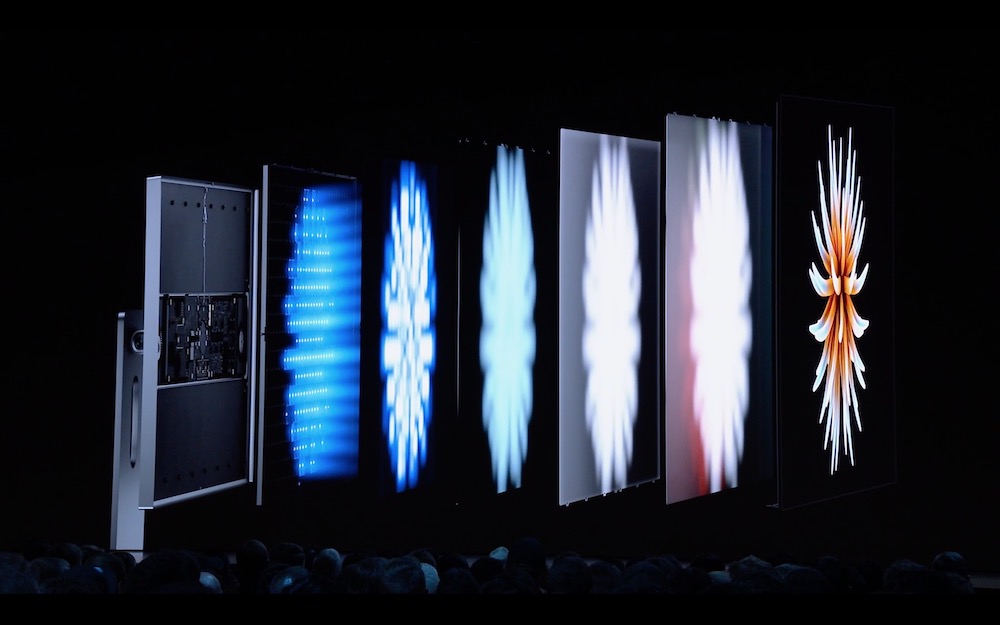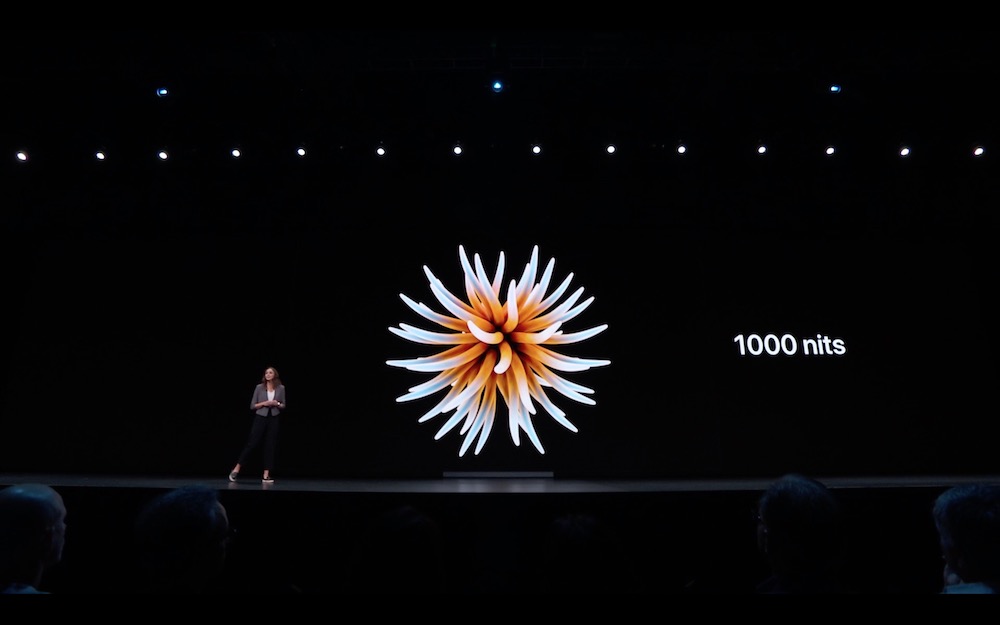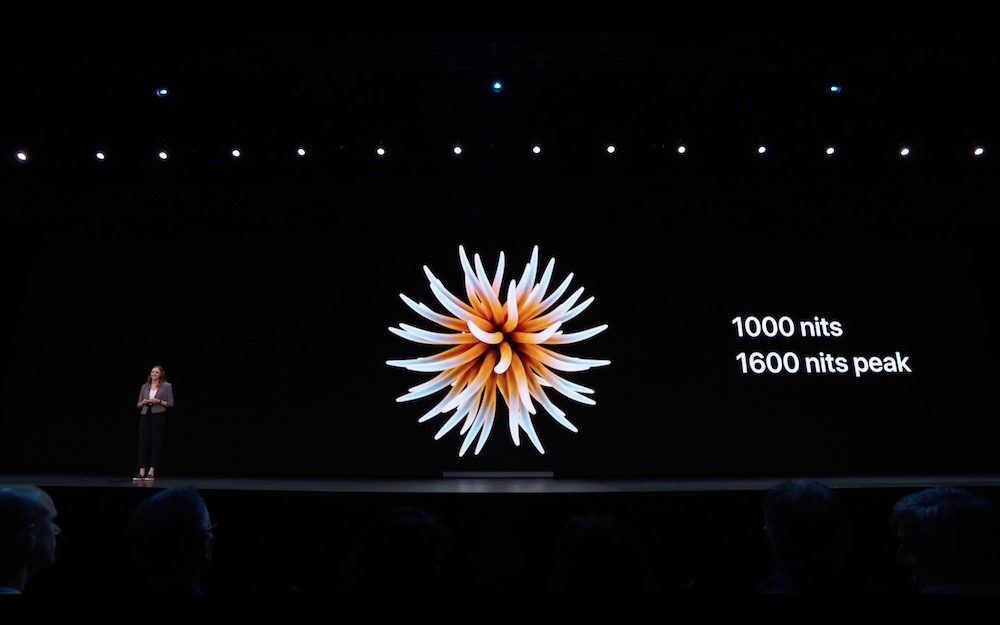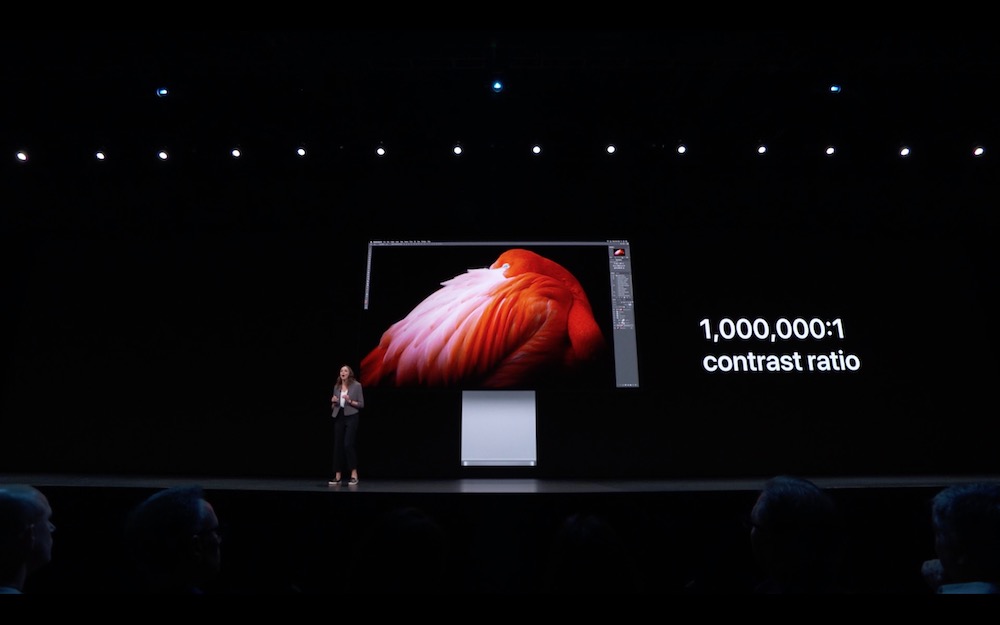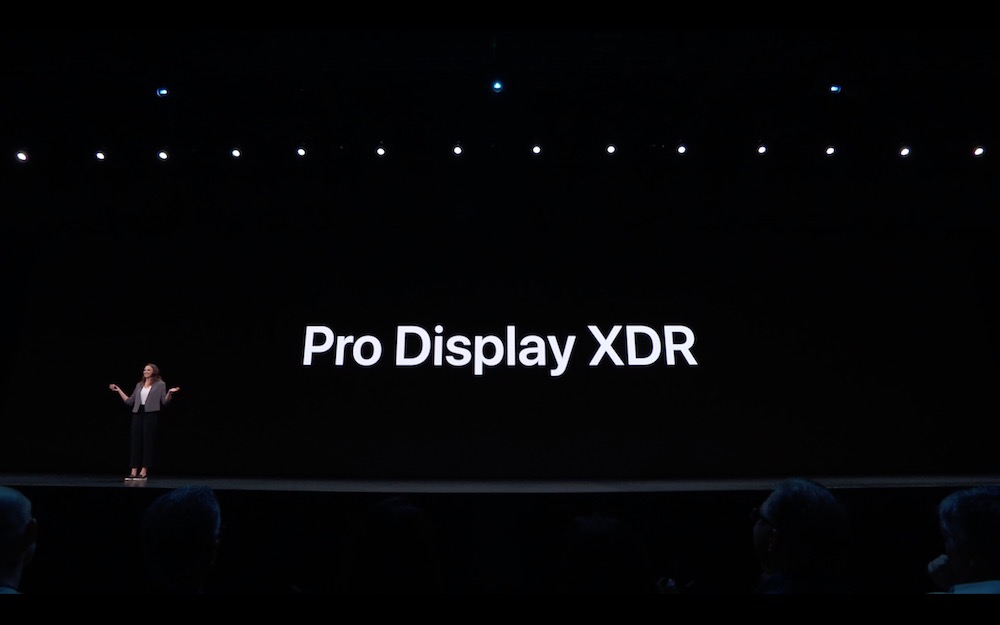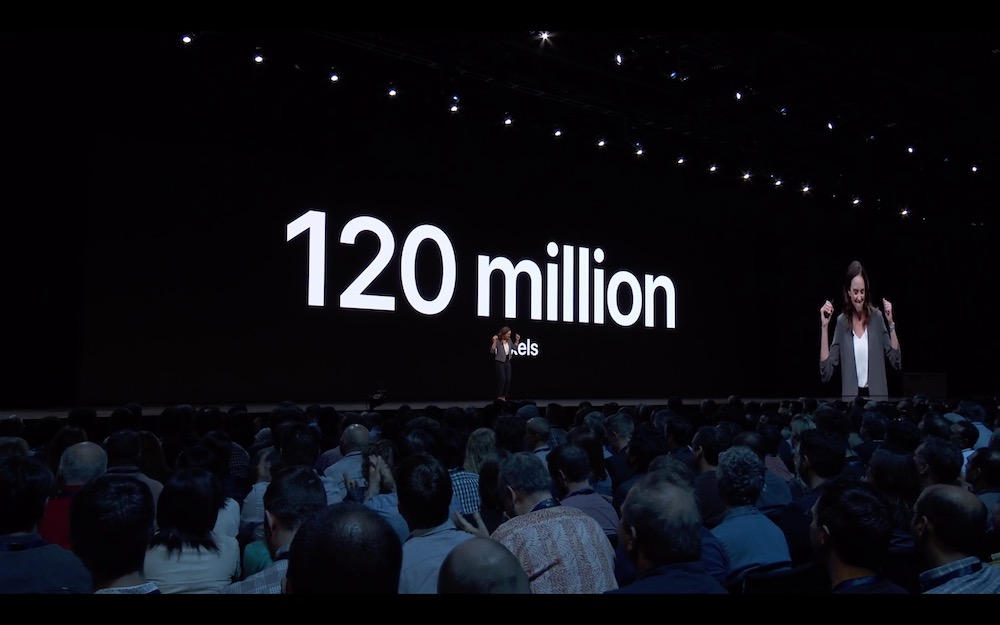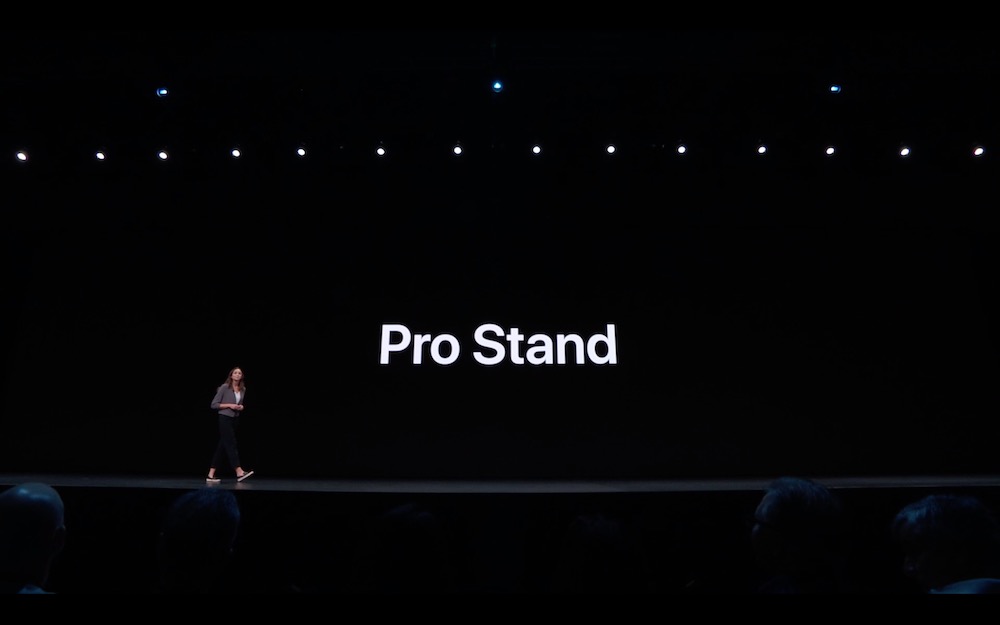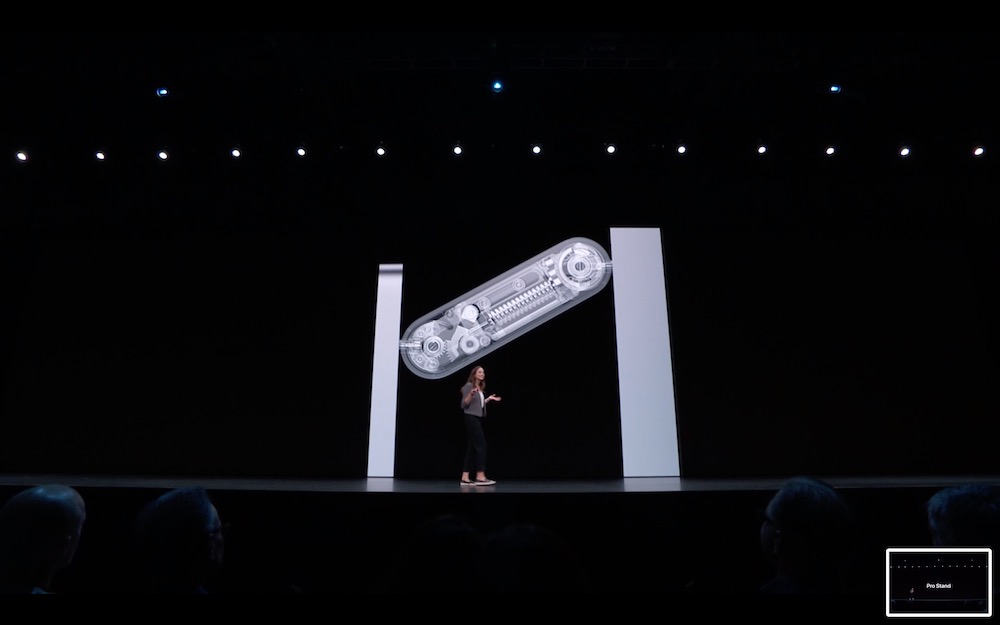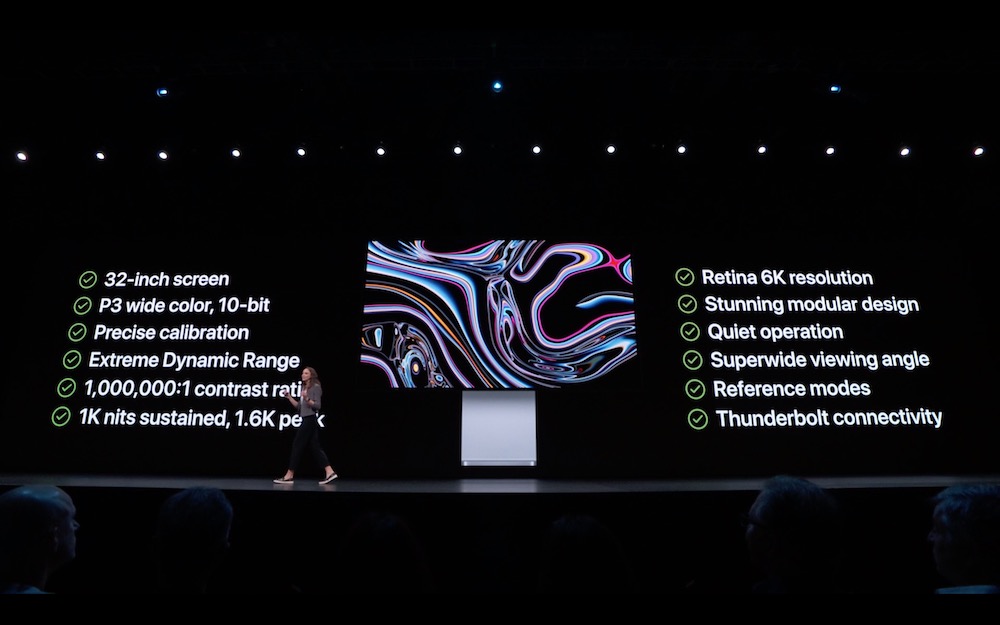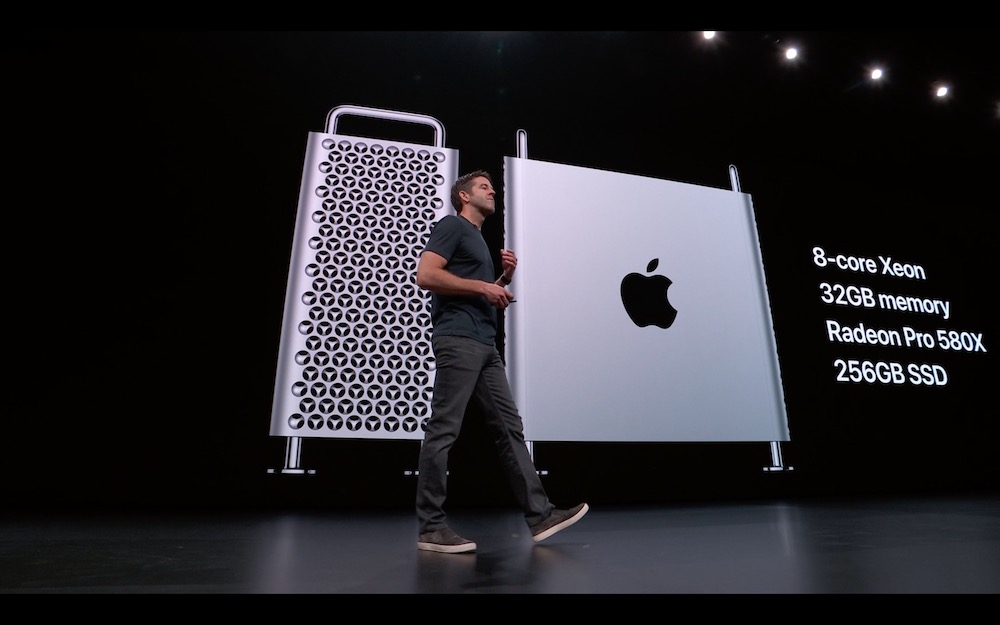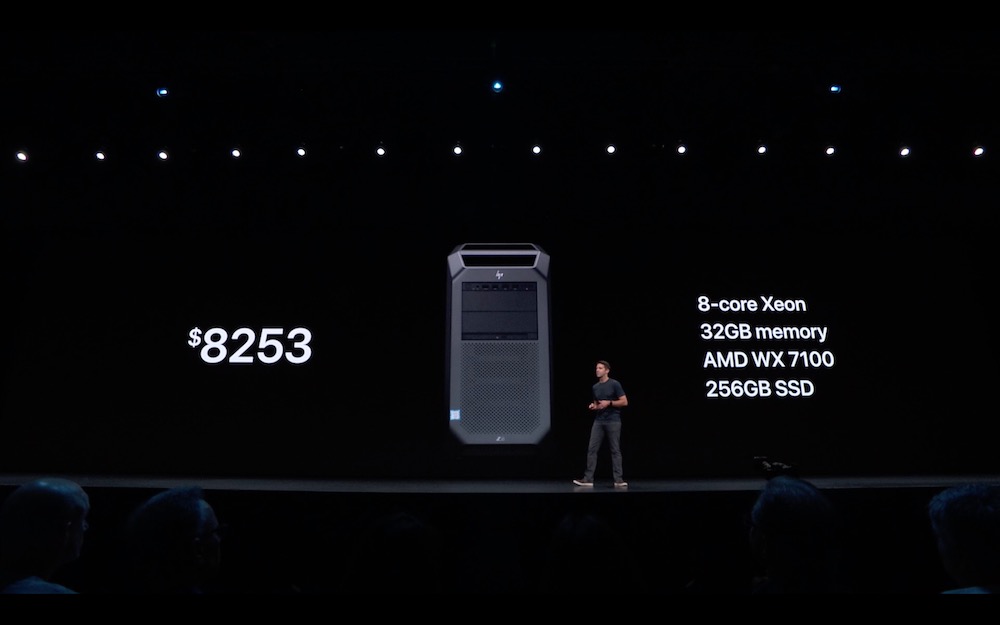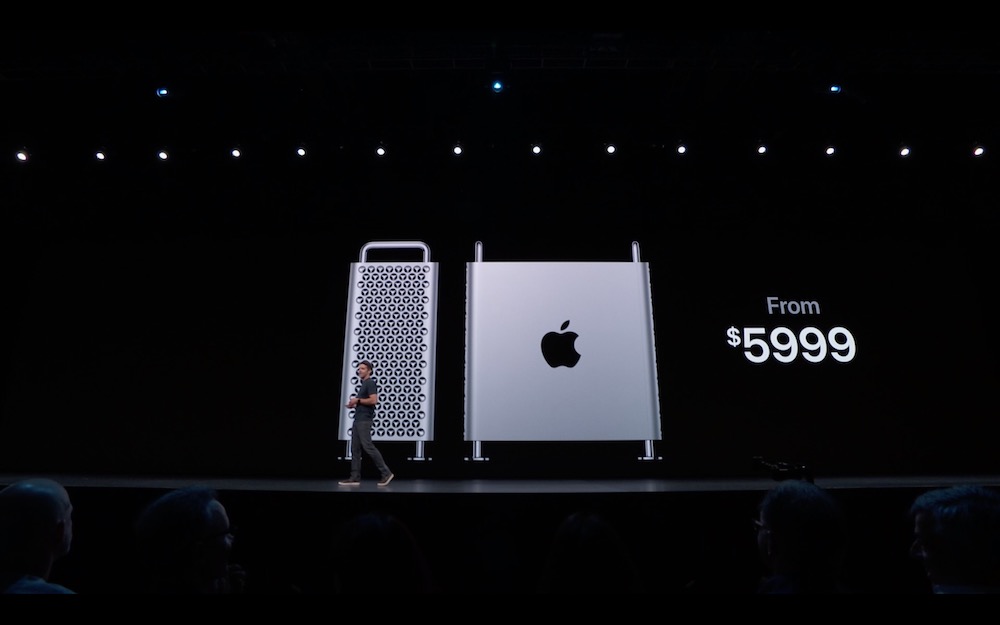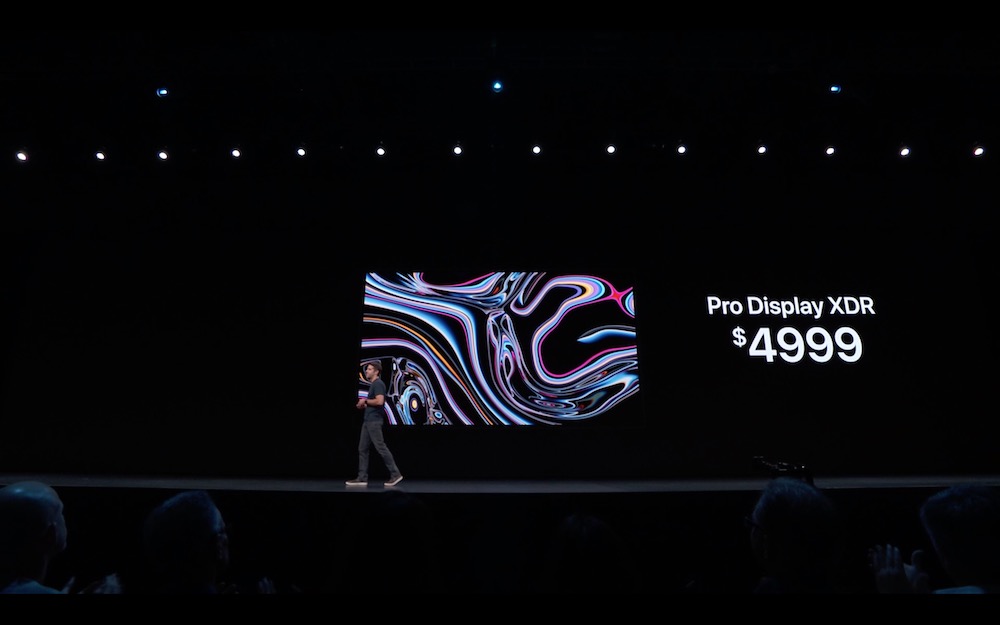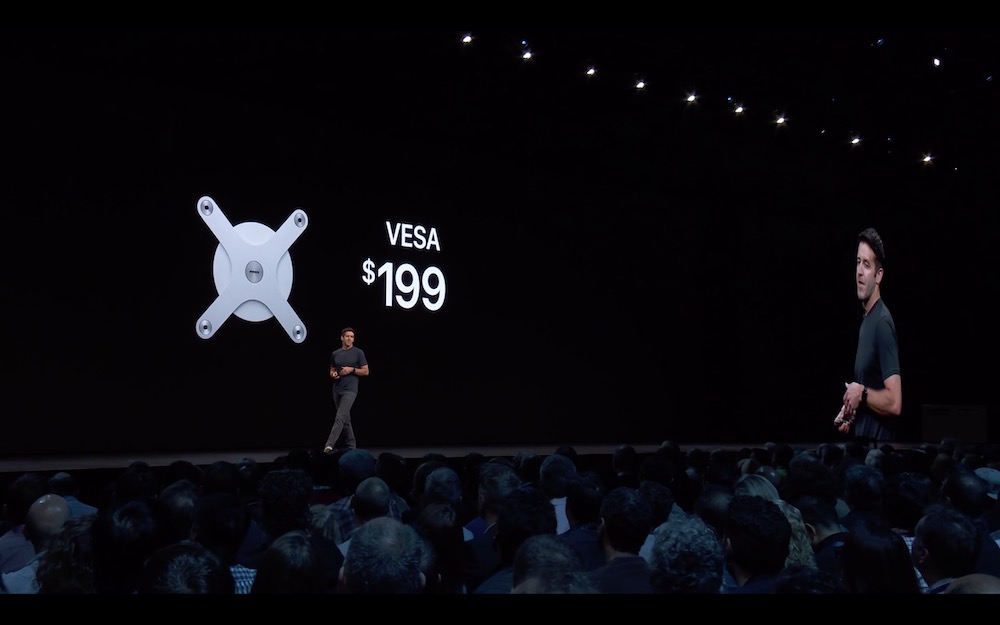Yesterday, after a very long wait, Apple presented its new tool designed for high-end use in the professional sphere. The modular and super-powerful Mac Pro, which is currently the best that Apple can offer in terms of computing power. Those interested will have to pay a lot more for this exclusive piece, and the price of top configurations will be astronomical.
It could be interest you

If we are going to talk about the prices of the new Mac Pro, it is necessary to clarify one important thing first - it is a professional workstation in the truest sense of the word. In other words, a machine that will be bought by companies in particular and on which their entire productive infrastructure (or at least part of it) will stand. These people and companies cannot afford to assemble a PC from individual components in the way that ordinary PC enthusiasts do, especially for reasons of device support and management. Therefore, any price comparison with commonly available consumer products is completely out of the question. In this respect, in the end, the new Mac Pro is not that expensive, however bizarre it may seem.
Anyway, the basic configuration containing an 8-core Xeon, 32GB DDR4 RAM and 256GB SSD will cost $6, i.e. more than 160 crowns (after tax and duty, rough conversion). However, it will be possible to rebound from the base line, up to a really long distance.
processor
In terms of processors, variants with 12, 16, 24 and 28 cores will be available. Considering that these are professional Xeons, the price is astronomical. Taking into account the top model, it is not yet clear which Intel processor Apple will use in the end. However, if we look in the ARK database, we can find a processor that comes very close to the required specifications. It's about Intel Xeon W-3275M. In the Mac Pro, a modified version of this processor will most likely appear, which will offer a slightly larger cache. Intel values the processor mentioned above at more than 7 and a half thousand dollars (over 200 thousand crowns). The one that will eventually appear in the bowels of the new Mac Pro may be a bit more expensive.
It could be interest you
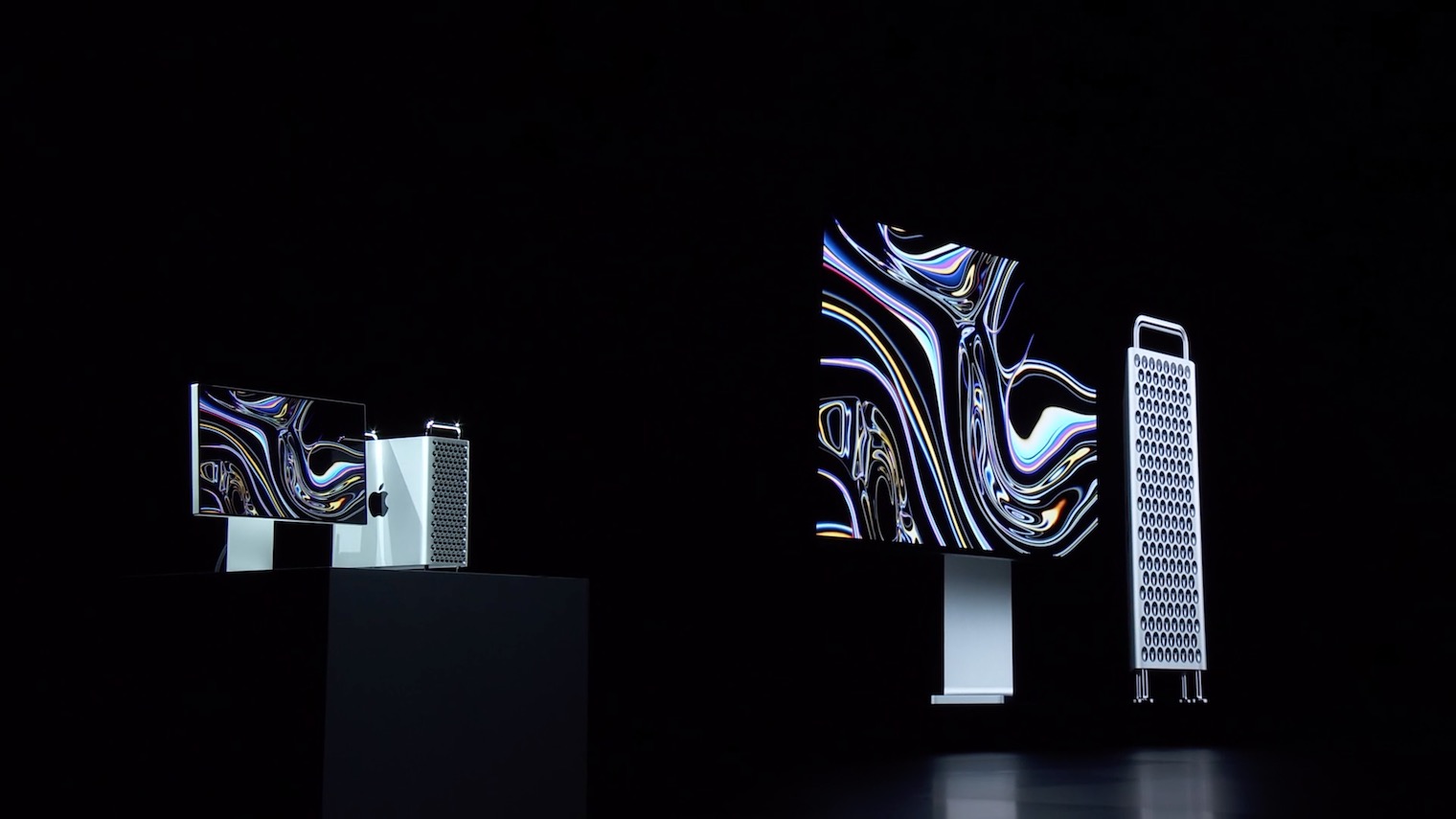
Operation memory
The second item that can drive the final price of the Mac Pro to astronomical heights will be the operating memory. The new Mac Pro has a six-channel controller with twelve slots, with support for 2933 MHz DDR4 RAM with a maximum possible capacity of 1,5 TB. 12 modules with 128 GB of memory, a speed of 2933 MHz and ECC support add up to the mentioned 1,5 TB. However, the price of the modules is approaching 18 thousand dollars, i.e. a little over half a million crowns. Only for the top variant of the operating memory.
Storage
Another item where the user will always reliably recognize Apple's high margins is the additional purchase of storage. The base variant with 256 GB is, given the targeting of the device, rather insufficient (although enterprises usually use some kind of remote data storage). Prices per GB are extremely high for Apple products, but those interested in Apple hardware had to get used to that. The new Mac Pro supports up to 2x2 TB of super-fast PCI-e storage. If we look into the configuration system of the iMac Pro, we will find that the 4 TB SSD module costs less than 77 thousand crowns. No unofficial dollar conversion is required for this item. If Apple offers the same type of storage as the iMac Pro, the price will be the same. However, if it is an even faster type of storage, let's say that the 77 crowns is rather an optimistic version of the final price tag.
It could be interest you

Graphics accelerators and other expansion cards
From the GPU point of view, the situation is clear. The basic offer consists of the Radeon Pro 580X, which is currently available in the regular 27″ iMac. If you want some extra processing power from the graphics card, Apple probably grades the offer according to the currently offered products, i.e. 580X, Vega 48, Vega 56, Vega 64, Vega 64X and the top variant will be the AMD Radeon Pro Vega II with Crossfire capability on one PCB (Varianta Duo), i.e. a maximum of four graphics processors on two cards. Expanding MDX cards will take the form of passively cooled modules, so it is a proprietary solution connected using the classic PCI-E connector on the motherboard. However, the unveiling of these GPUs also took place only last night, so no information is yet available about the price level in which they will move. However, if we compare them with competing Quadro professional cards from nVidia, the price for one could be around $6. So 12 thousand dollars (330 thousand crowns) for both.
Another big unknown will be the other cards with which the new Mac Pro can be installed. During the keynote, Apple introduced its own card called Afrerburner, which will mainly serve to improve the acceleration of professional video processing (8K ProRes and ProRes RAW). The price has not been determined, but we can expect that it will not be cheap. For example, a similarly focused card from RED (Rocket-X) costs almost $7.
It could be interest you
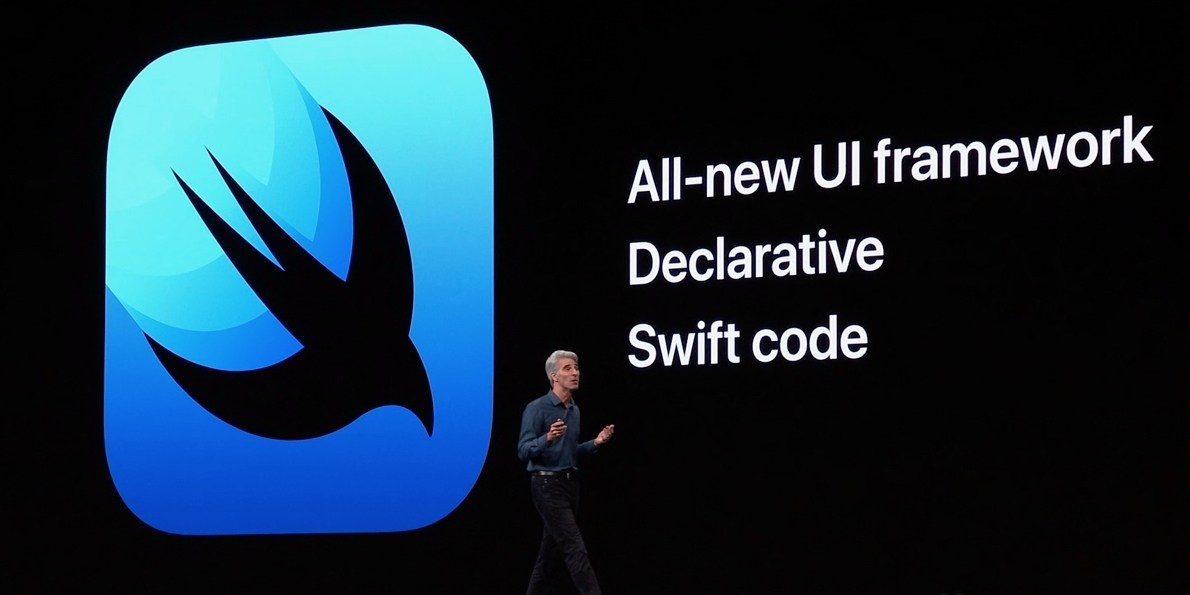
From the above, it is clear who will not buy the high-end (or even slightly less equipped) version of the Mac Pro - the regular user, the hobbyist, the semi-professional audio/video editor and others. Apple is aiming for a completely different segment with this product, and the price matches it. It can be expected that the discussions will begin to deal with the fact that Apple sells overpriced "shop" that can be assembled from ordinary consumer components for xyz money, that they pay extra for the brand, that no one will buy such a Mac, that a little a powerful machine costs so much and so much less money…
You probably won't come across users who will work with it in the end in similar discussions. For them, the most important thing will be how the new product will prove itself in practice, if it will be able to work reliably, according to the presented specifications and avoid similar problems as some Apple products have for ordinary mortals. If the new Mac Pro does not have such problems, the target group will be happy to pay what Apple is asking for it.
